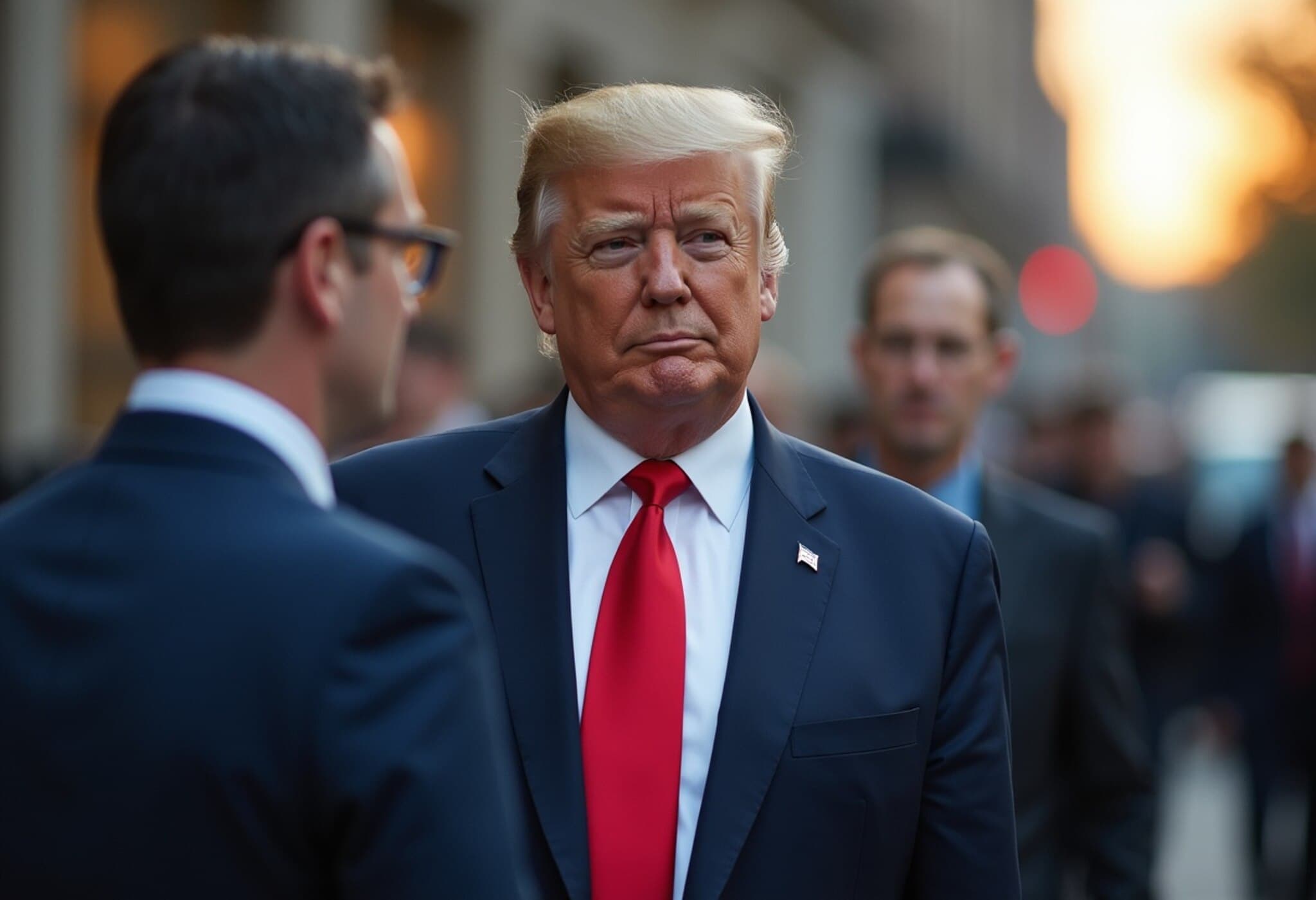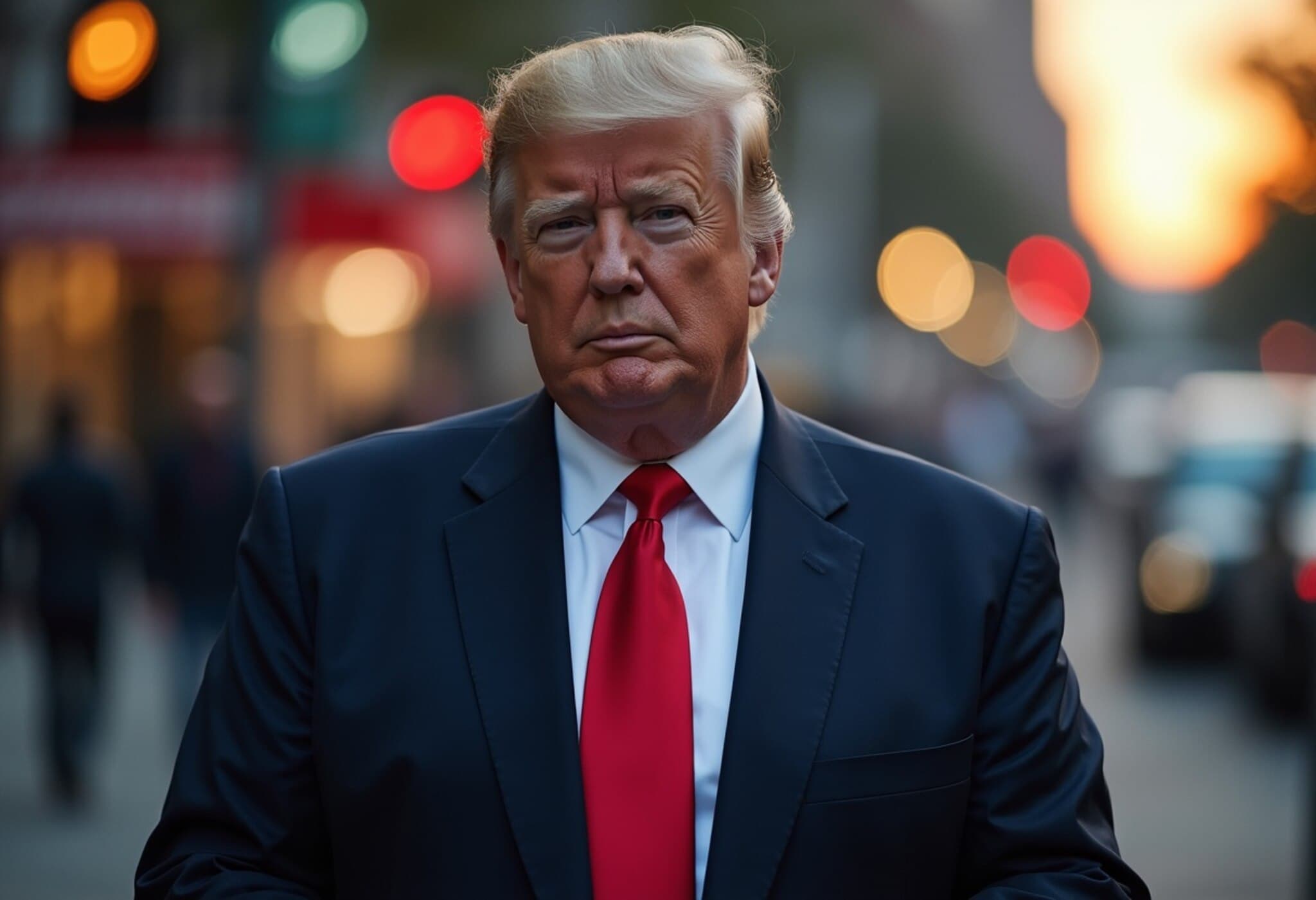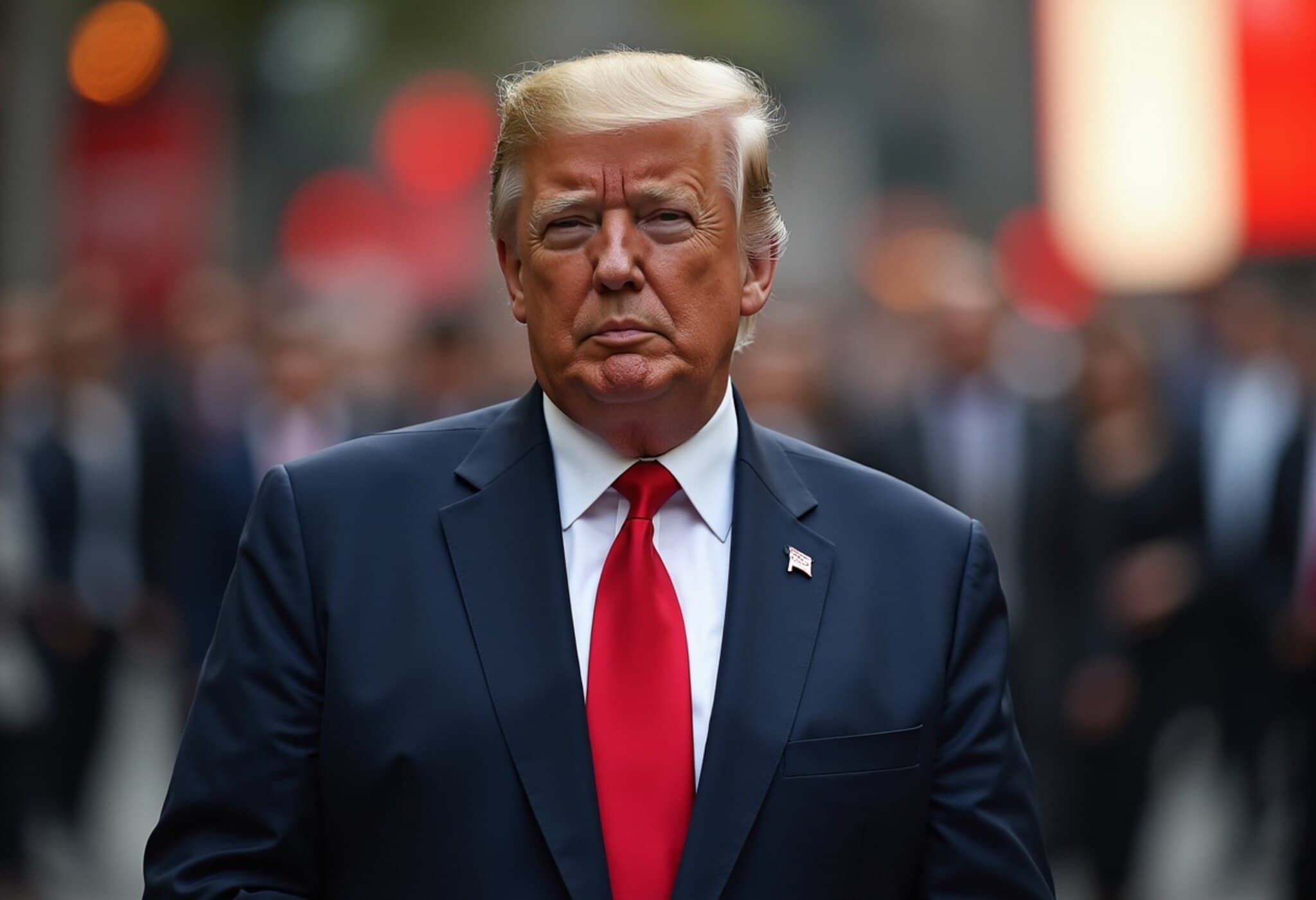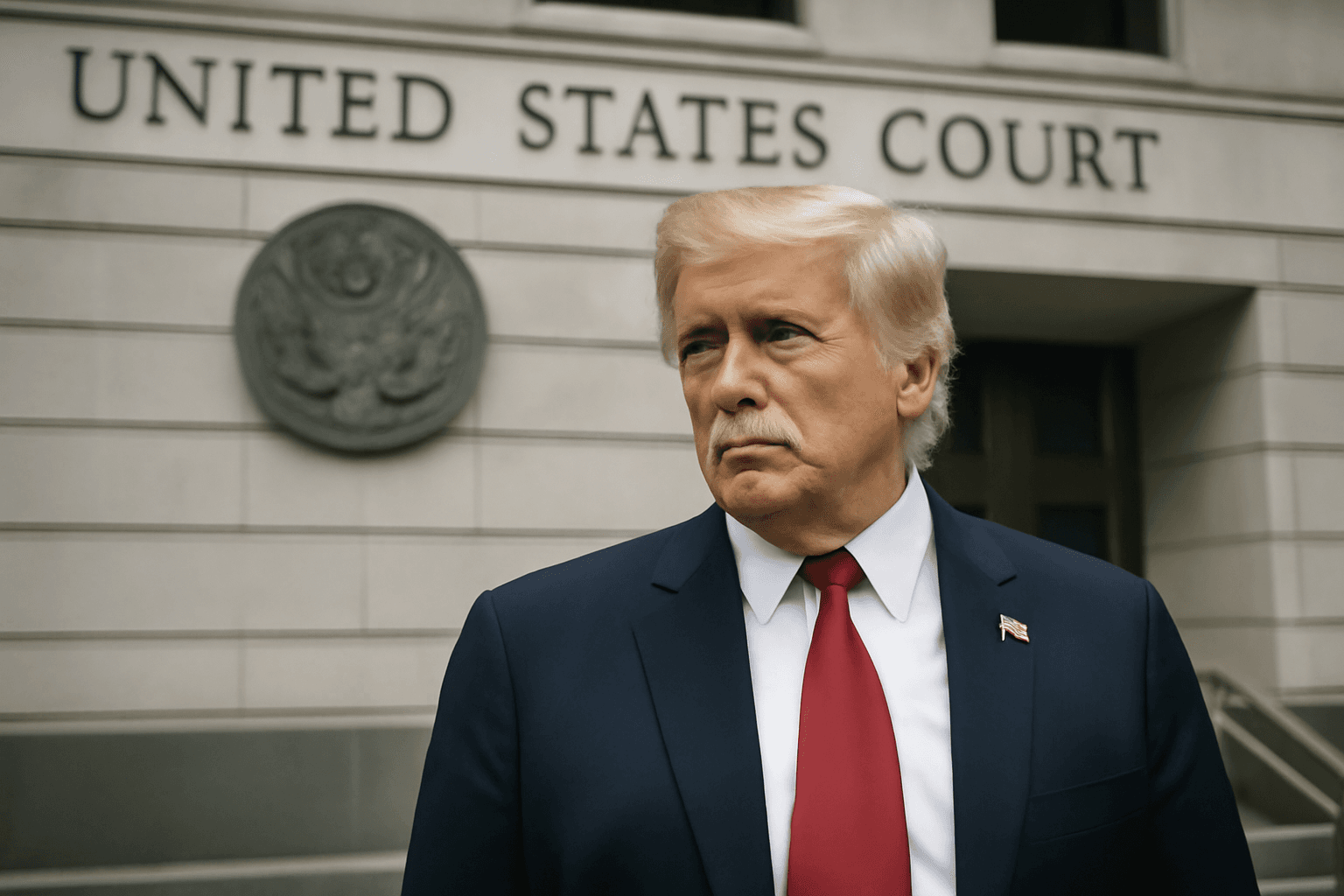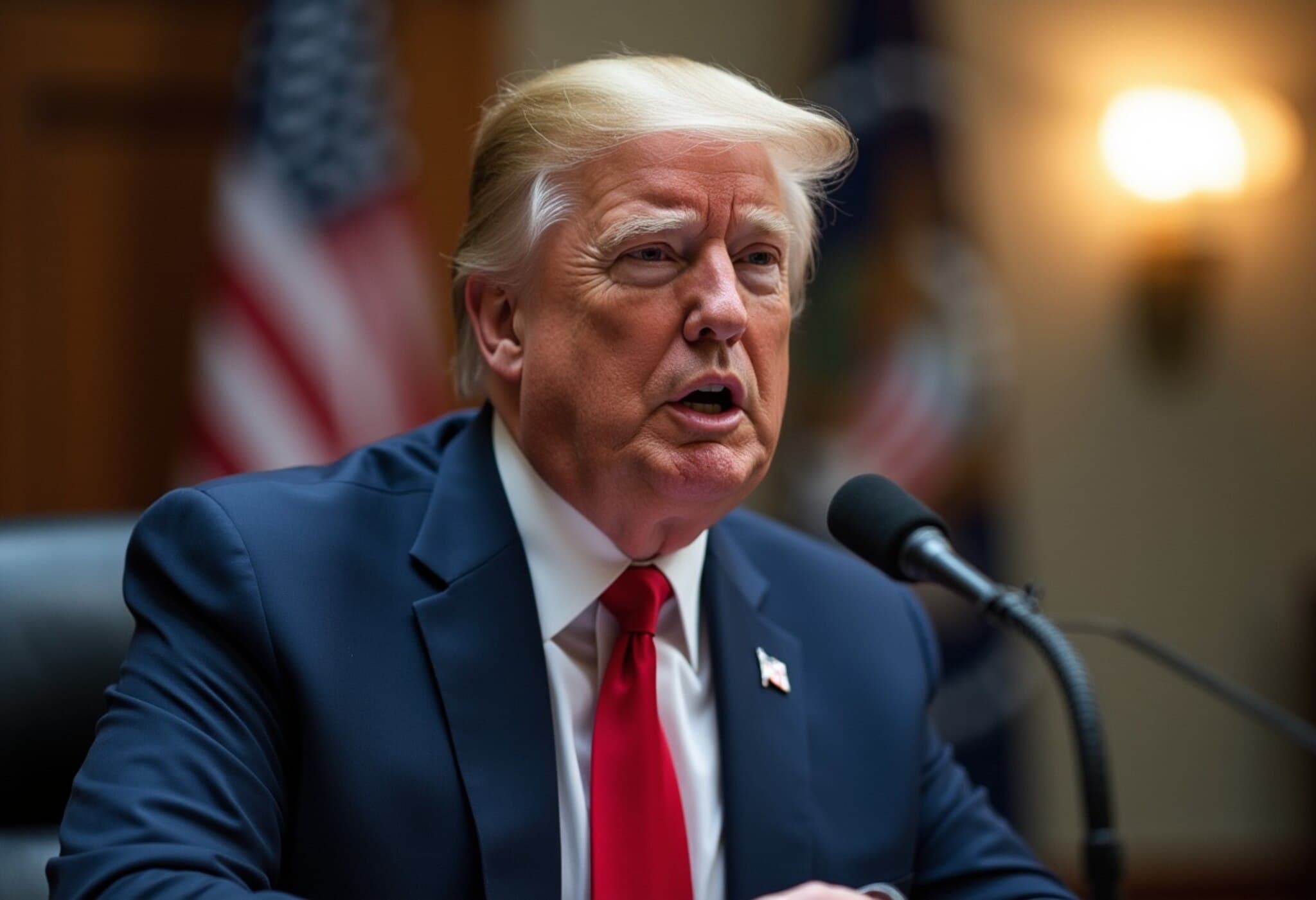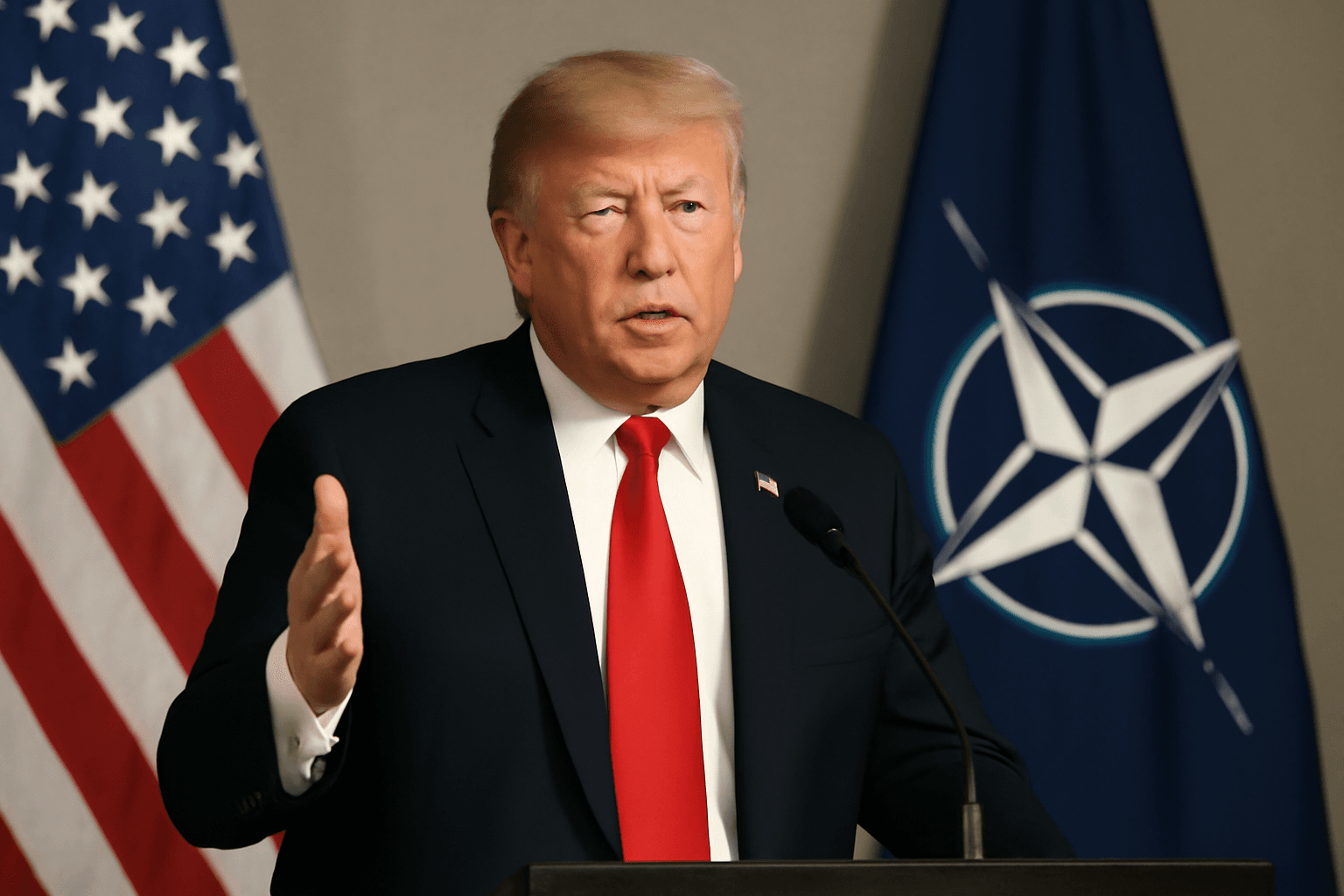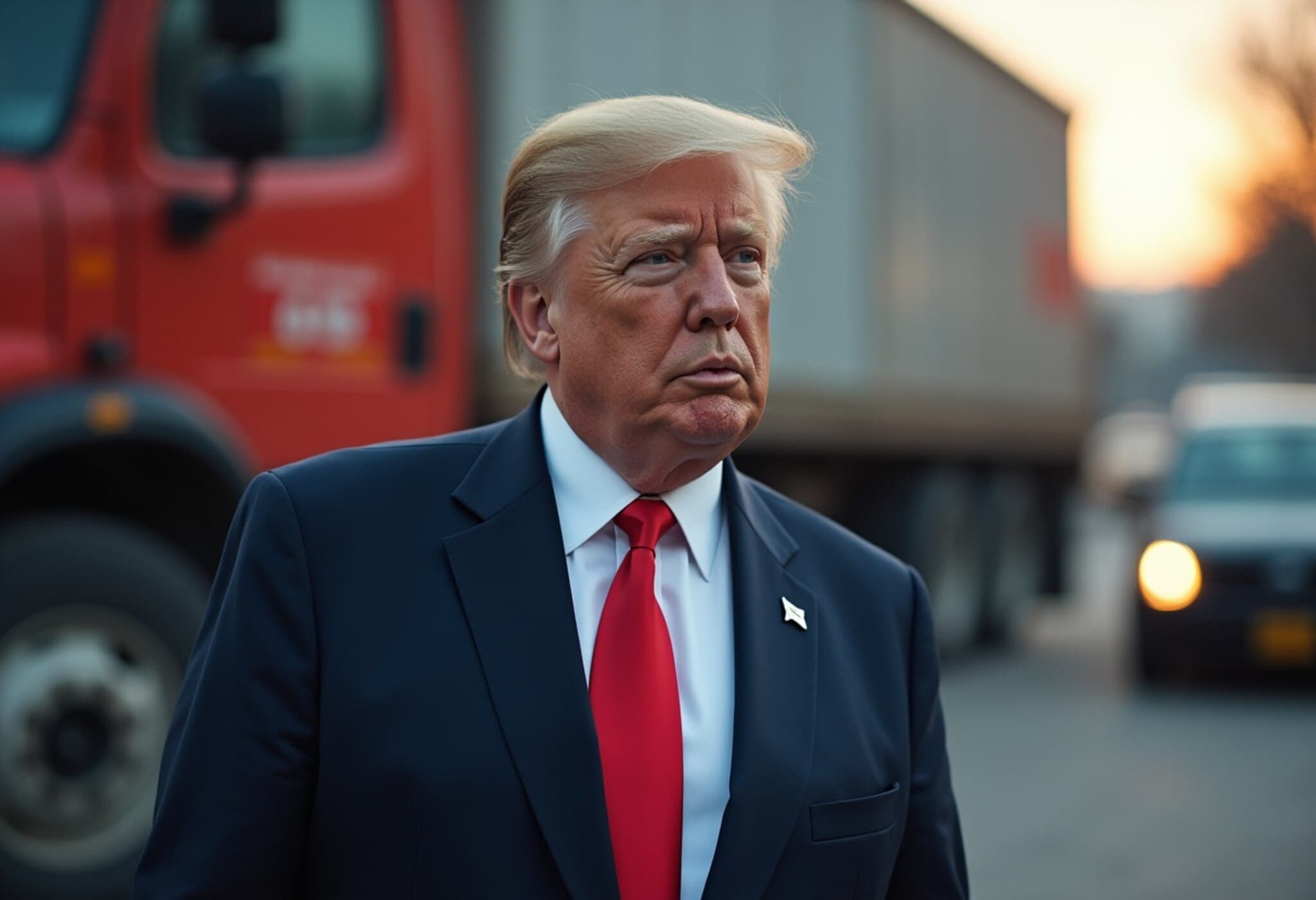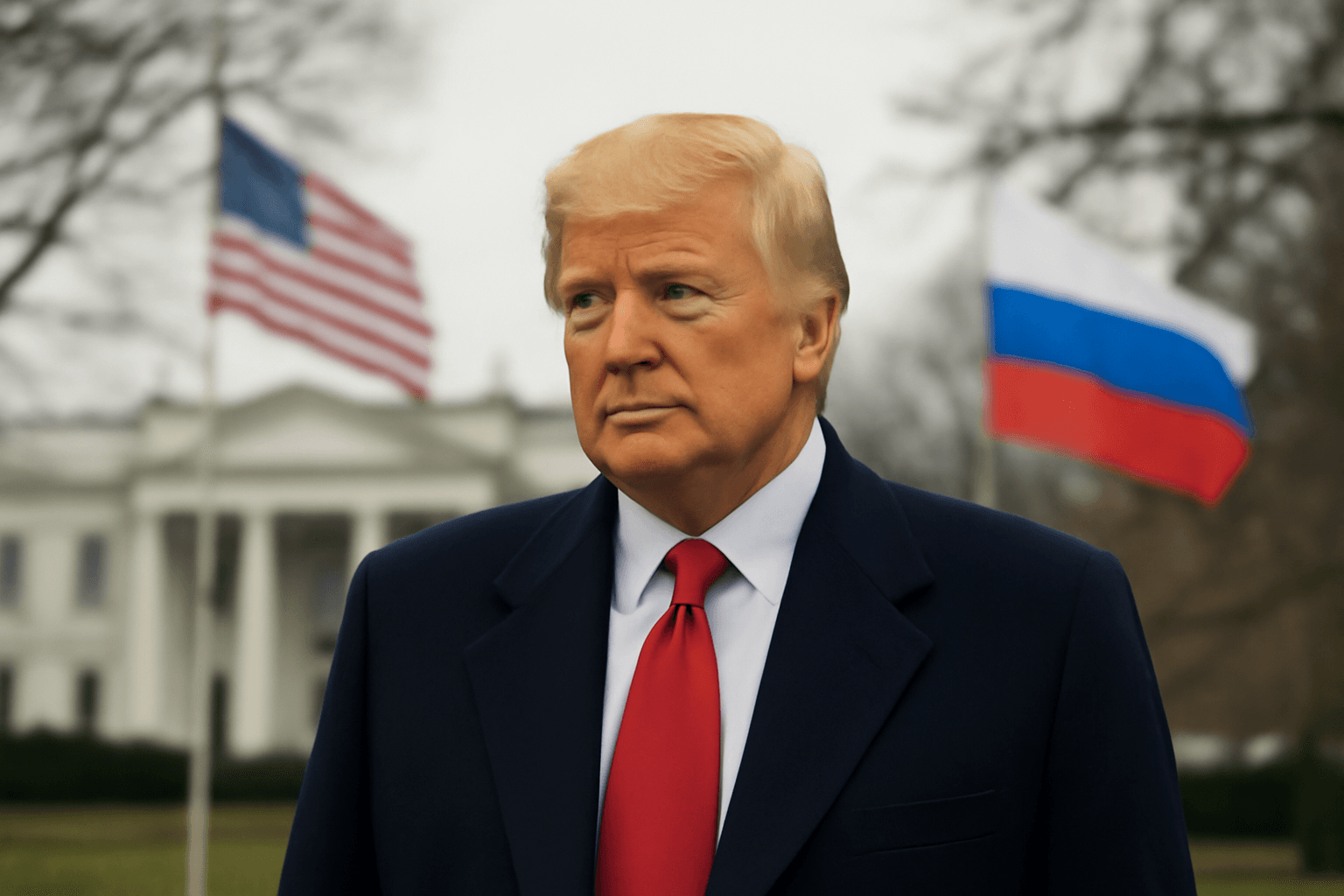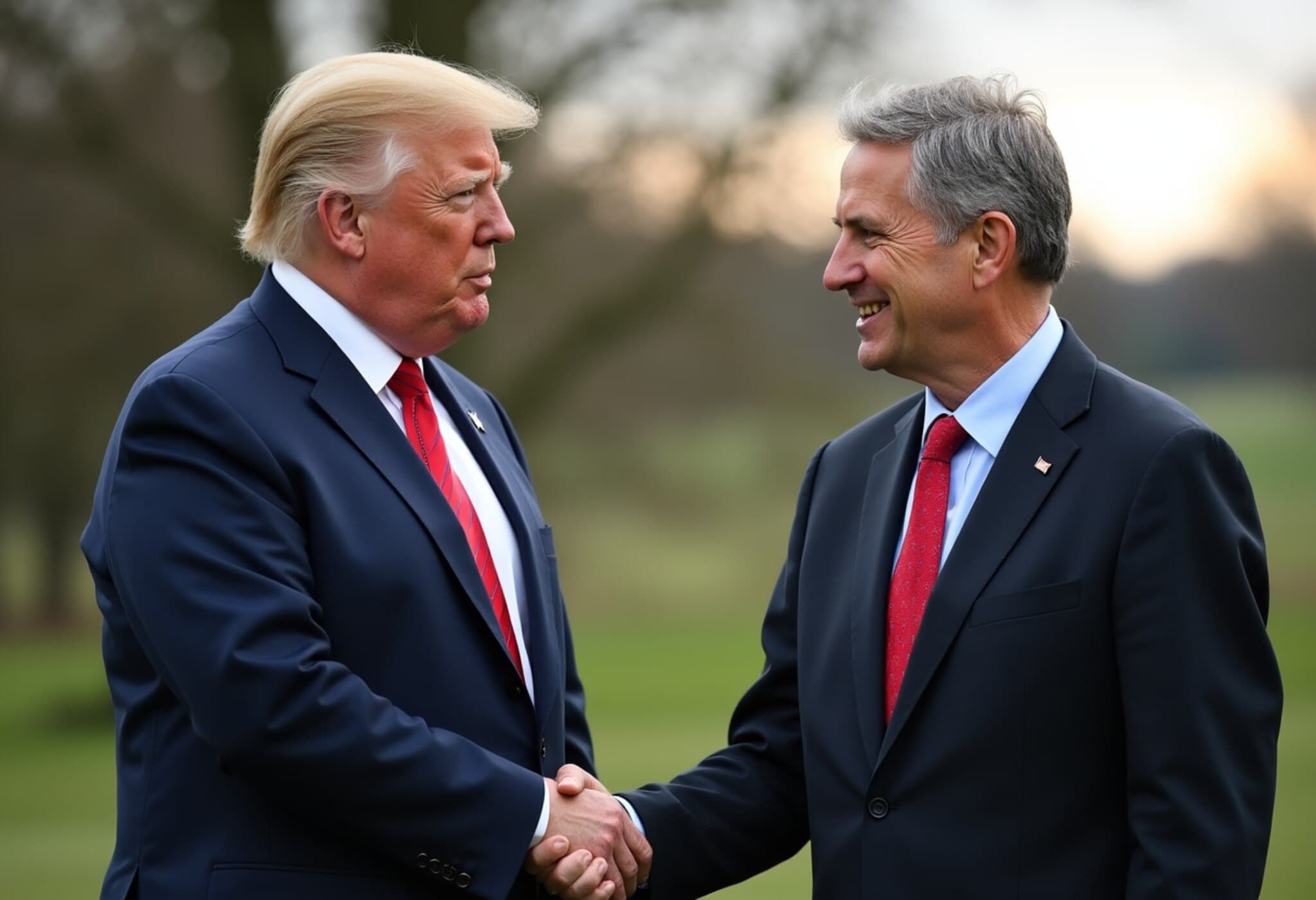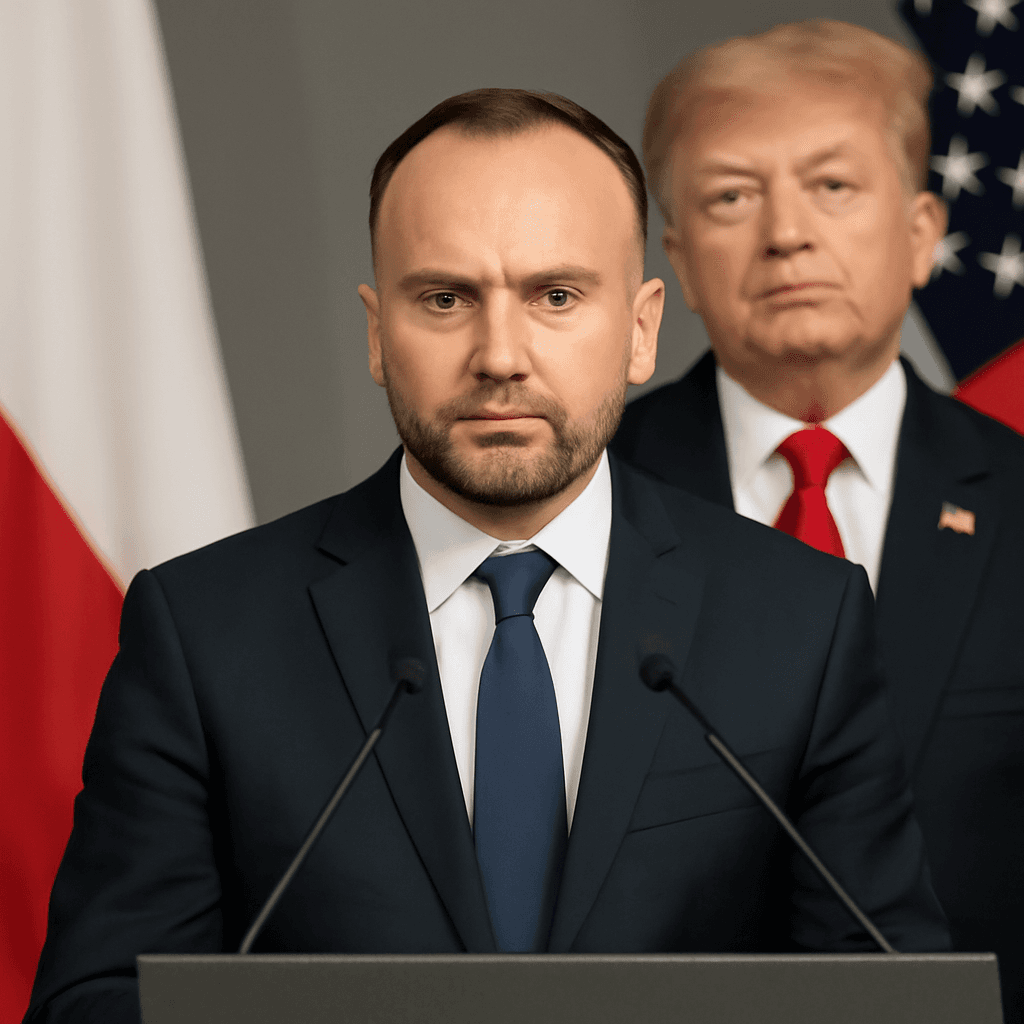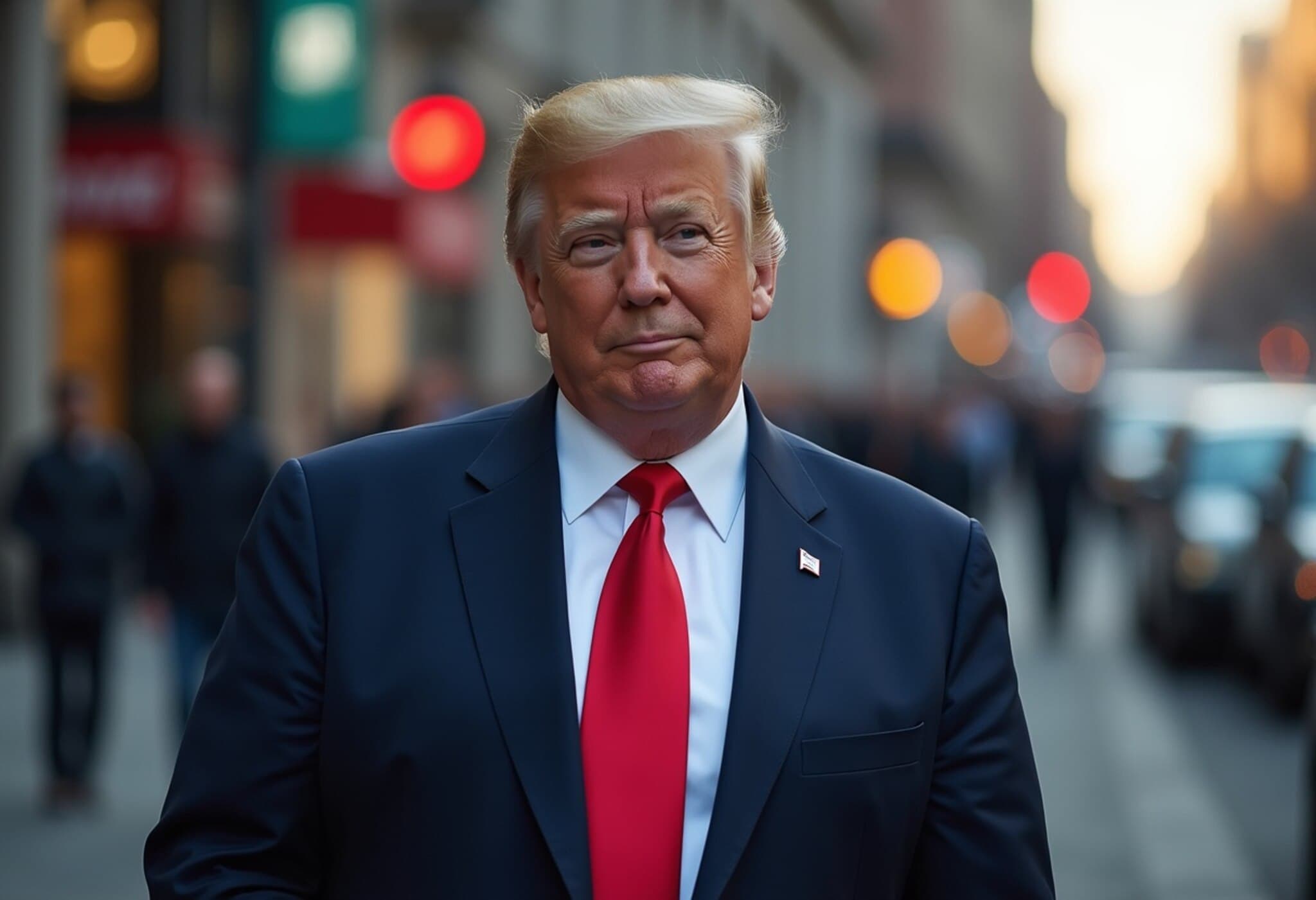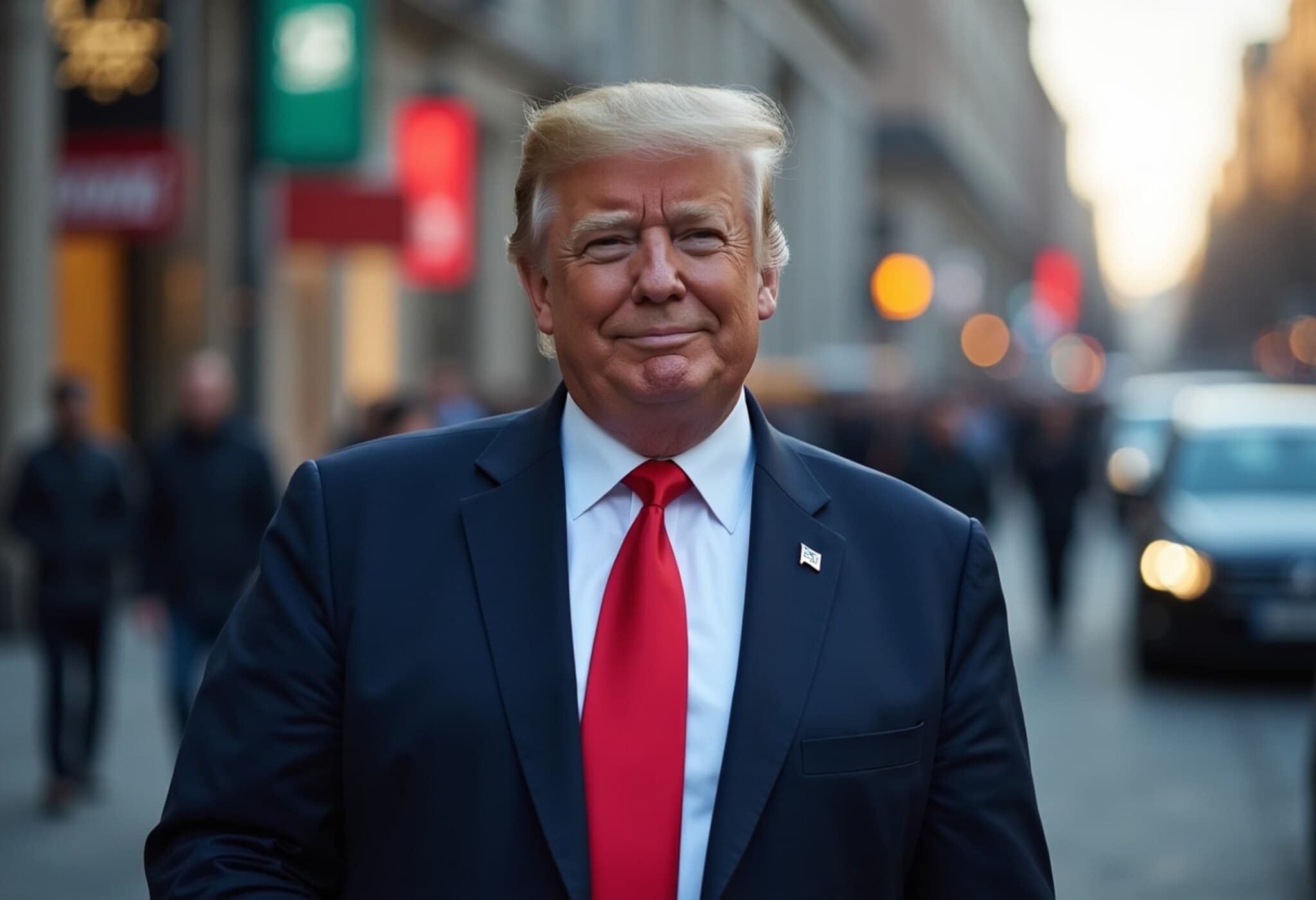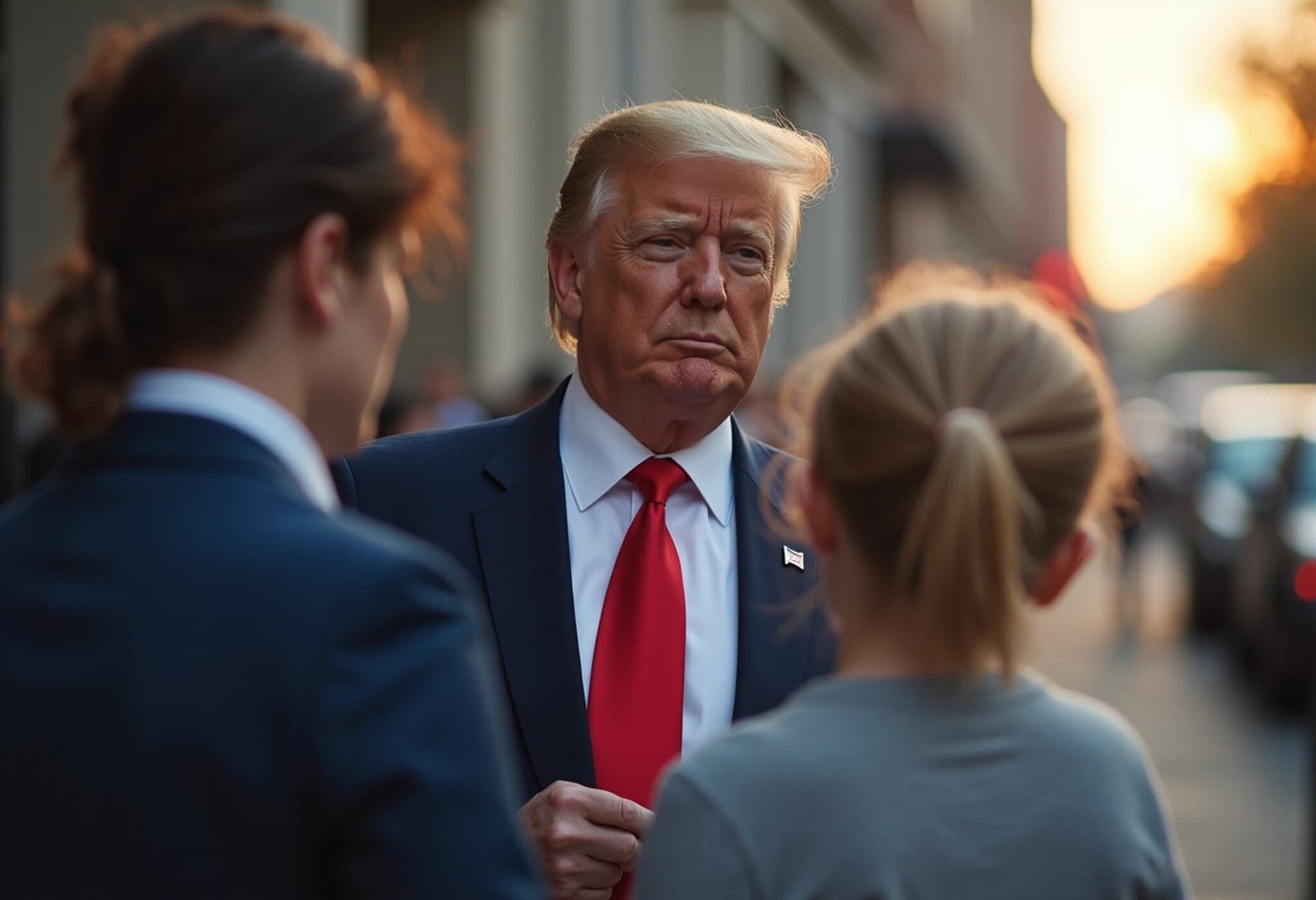Commerce Secretary Lutnick Sheds Light on Upcoming Trump-EU Trade Talks
As President Donald Trump prepares for high-stakes trade negotiations with European Commission President Ursula von der Leyen in Scotland, U.S. Commerce Secretary Howard Lutnick offered a glimpse into the U.S. administration’s position ahead of the looming August 1 deadline for tariffs.
“Good Enough” Deal: A Strategic Ambiguity
Speaking candidly on Sunday, Secretary Lutnick emphasized that the crux of the negotiations hinges on the European Union’s willingness to open its markets significantly to American exporters. However, he left open-ended what precisely qualifies as a "good enough" deal for President Trump to consider easing his threat of a 30% tariff on EU goods.
"The question is, do they offer President Trump a good enough deal that is worth it for him to step off of the 30% tariffs that he set," Lutnick said during an interview, underscoring the uncertainty surrounding what concessions might tip the scale.
Balancing Optimism and Realism
Mr. Trump himself has maintained a cautiously optimistic stance, estimating roughly a 50-50 chance of reaching an agreement with the EU. Yet he has also acknowledged a broad array of sticking points — "maybe 20 different things" — that suggest the path forward is anything but straightforward.
Why the EU-U.S. Trade Relationship Matters
The stakes are high for both parties. The EU is the United States' largest trading partner, and the potential imposition of hefty U.S. tariffs threatens to disrupt deeply intertwined supply chains and increase costs for businesses and consumers on both sides of the Atlantic.
In response to Trump's tariff threats, the EU has explored aggressive countermeasures, including activating its so-called "trade defense instruments," colloquially dubbed the "trade bazooka." This mechanism allows the EU to swiftly retaliate against unfair trade practices, potentially imposing tariffs or other penalties on American exports.
Underreported Issues: What Lies Beneath the Headlines?
- Market Access Nuances: Beyond headline tariff rates, experts note that differences in regulatory standards, subsidies, and non-tariff barriers play a massive role in trade tensions and must be part of any meaningful deal.
- Impact on U.S. Industries: Key sectors such as agriculture, automotive, and technology stand to be particularly affected. Farmers and manufacturers are watching closely as uncertainties could ripple through supply chains and consumer prices.
- Global Trade Dynamics: This bilateral tension occurs amidst a shifting global trade landscape, with China, UK post-Brexit trade adjustments, and WTO reforms all influencing negotiation postures.
What to Watch for After Scotland
Given the complexity, industry analysts suggest that the upcoming talks will likely set the tone but may not finalize a comprehensive agreement. Instead, stakeholders anticipate incremental progress or a framework that lays groundwork for broader discussions.
President Trump’s approach — aiming to leverage tariffs as a bargaining chip — reflects a broader American trade policy trend favoring negotiation backed by firm measures. However, the ambiguity over what compromises will constitute a "good enough" deal keeps markets and policymakers on tenterhooks.
Expert Perspective: Weighing Risks and Rewards
Trade policy experts caution that while tariffs can be effective negotiating tools, they carry the risk of escalating retaliation, supply chain disruptions, and increased costs for consumers. Moreover, in a globalized economy, such trade friction can cascade beyond bilateral partners, influencing global economic stability.
U.S. businesses, particularly exporters, face uncertainty that could delay investment and hiring decisions, making clarity and predictability essential in the coming weeks.
Summary Box: What to Take Away
- President Trump seeks a deal with the EU but demands meaningful concessions.
- The EU’s countermeasures and deep trade defenses add complexity.
- A “good enough” deal remains undefined, leaving markets cautious.
- Broader implications extend beyond tariffs to global trade norms and economic stability.
Editor’s Note
The upcoming trade discussions between the U.S. and EU are more than a negotiation over tariffs; they epitomize the evolving dynamics of international trade in a turbulent economic era. While political rhetoric frames the talks as a binary win or lose, the nuanced realities of trade—balancing protectionism with cooperation—will shape economic outcomes for millions. Readers should watch not only the outcome but also the process, as it reveals how global powers navigate competing interests in an interconnected world.

